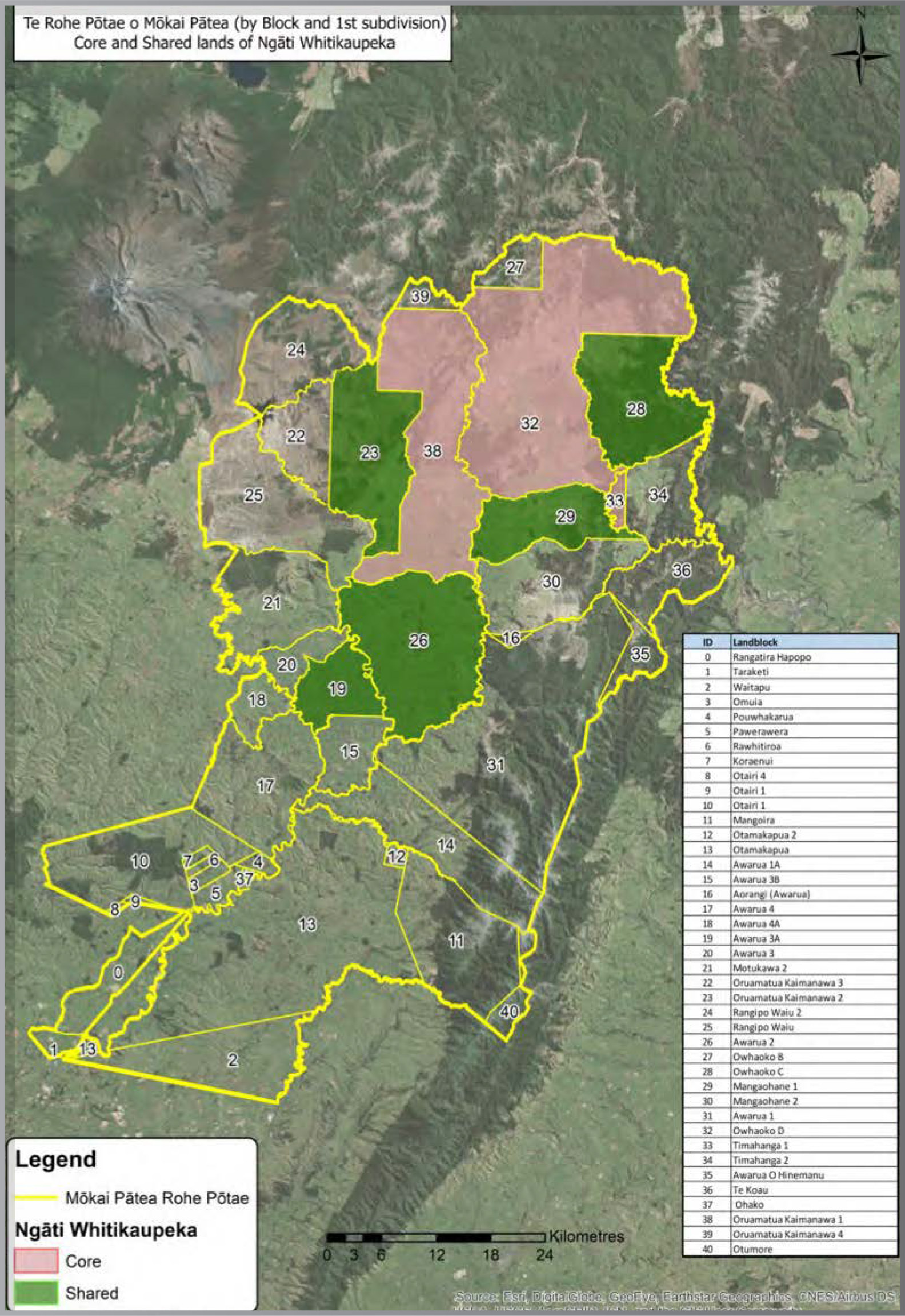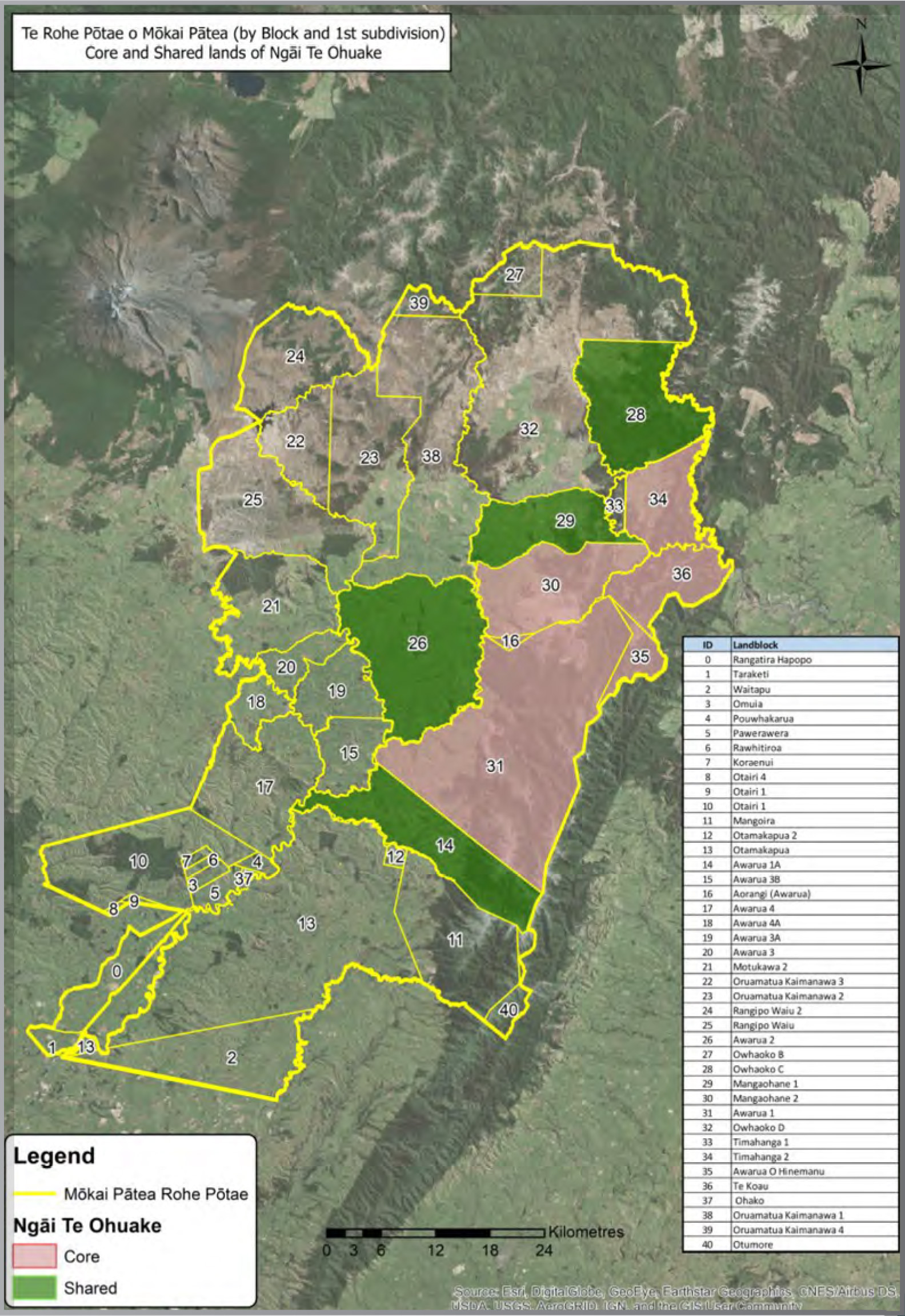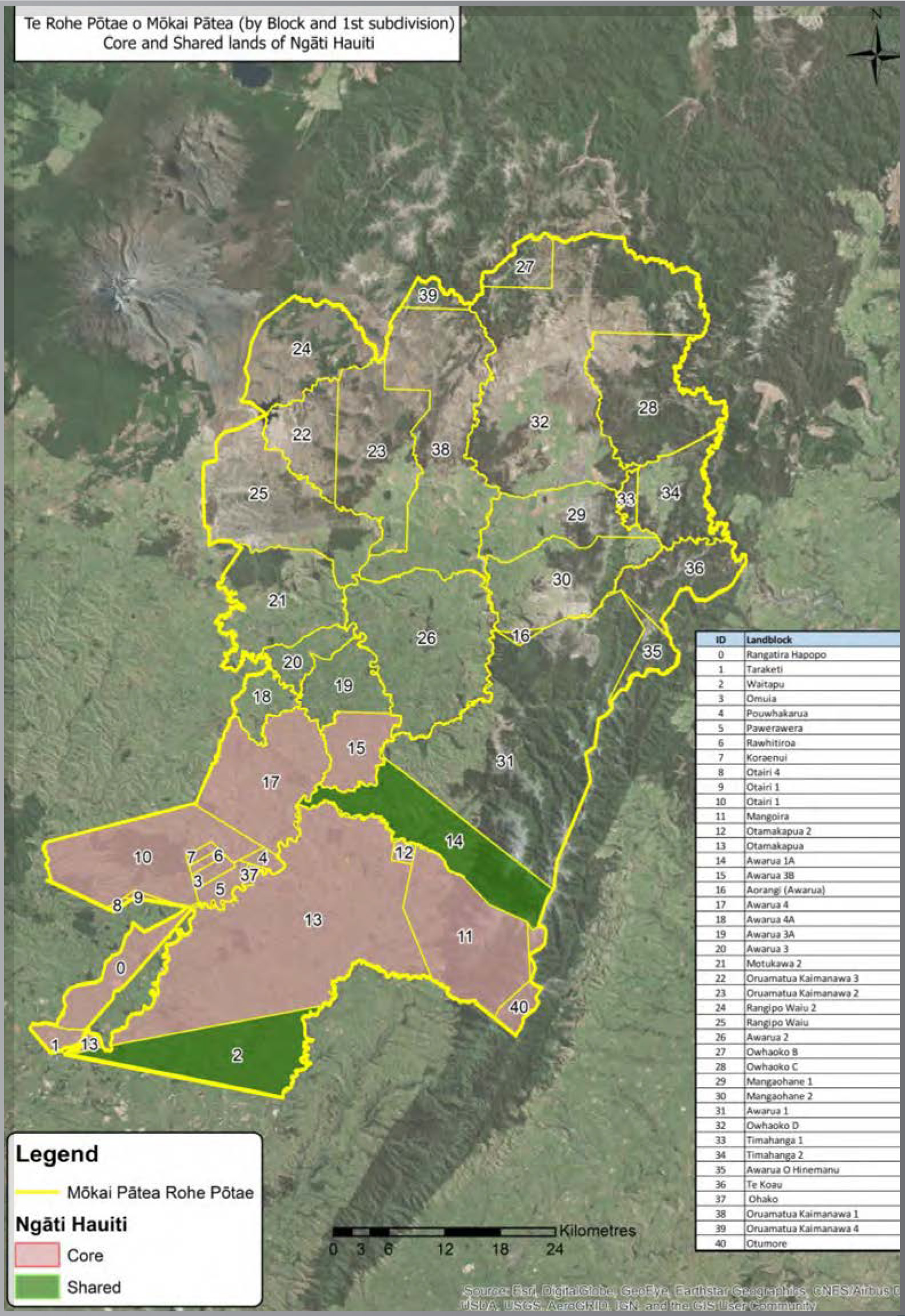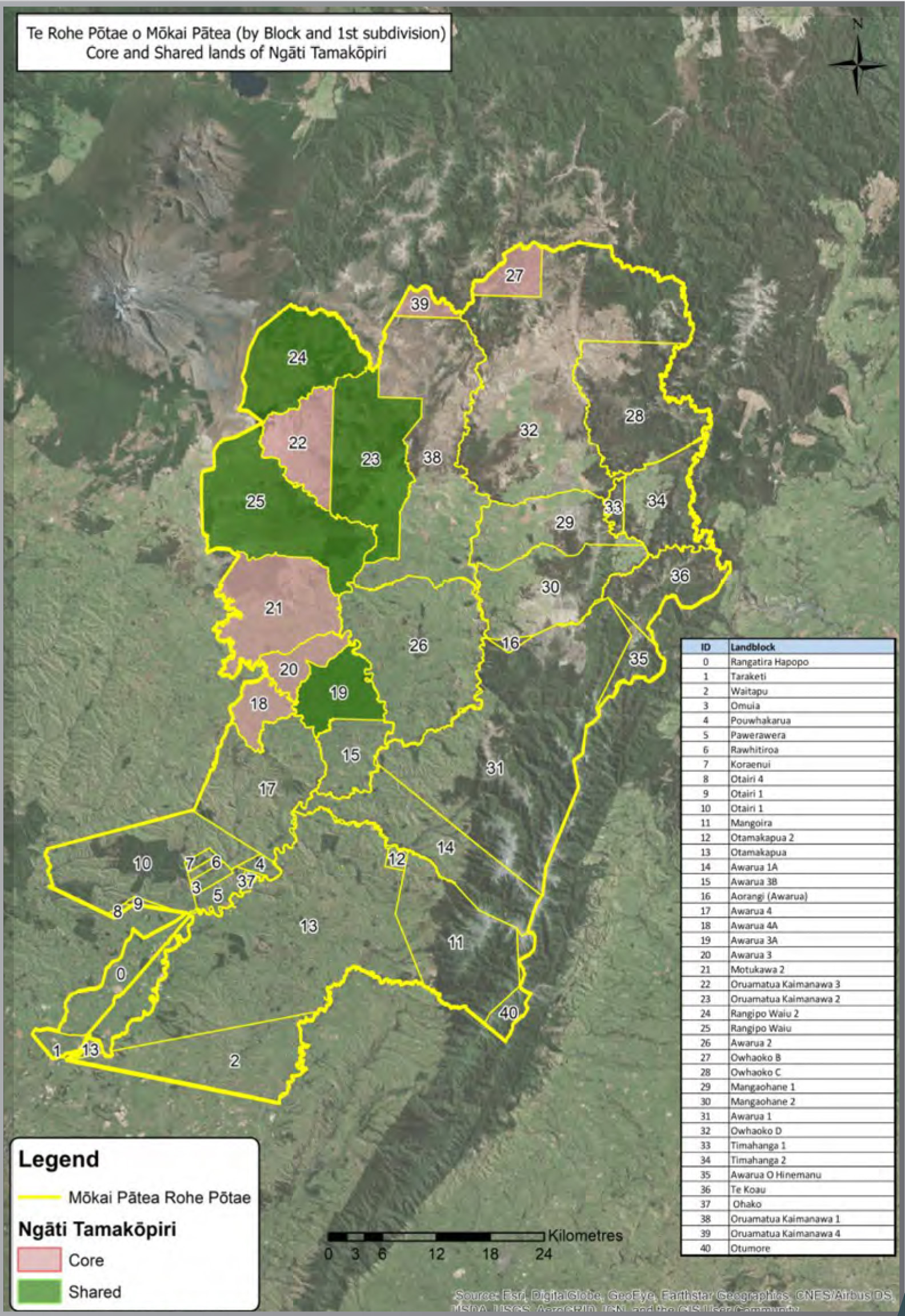About the Trust – Our Iwi
Ngāti Whitikaupeka.
Hapū
Ngāi Tautahi
Ngāi Te Upokoiri (Whitikaupeka)
Ngāti Honomōkai (Whitikaupeka)
Ngāti Whiti Tūturu
Ngāti Whiti-Hauiti
Ngāti Whiti-Tama
Ngāti Whitikaupeka are descended from Whitikaupeka who in turn was descended from Ruaehu, one of the sons of Tamatea Pōkai Whenua by his wife Kahukare.
Tamatea Pōkai Whenua named many places and brought a number of mōkai to the Mōkai Pātea rohe and beyond.
Another tupuna (great-grandfather)of Whitikaupeka was Punua who is usually attributed with settling in Mōkai Pātea and it was he who brought the Atua – Kahukura to Mōkai Pātea.
Whitikaupeka consolidated his rights in Mōkai Pātea by take tupuna and ringakaha and these were re-enforced by his marriage to Haumoetahanga of Ngāi Te Ohuake and Ngāti Whatumāmoa.
Ngāti Whitikaupeka established many pā and kainga in consolidating their rohe and were called upon periodically to defend the rohe from other iwi including Tuwharetoa, Kahungunu and Whanganui. This they did successfully in that they were able in most cases to turn these disputes into later alliances often by intermarriage.
In time Ngāti Whitikaupeka became the ‘big’ name in Pātea and in 1866 a pou was erected at Pikitara (near present day Rātā) named Whitikaupeka to claim the land and to prevent European settlement moving into the interior.
Ngāti Whitikaupeka has become closely aligned to Ngāti Tamakōpiri since the marriage of Wharepurakau to Hineroro resulting in the popular name of Ngāti Whiti-Tama being commonly used.
At the time of the coming of the first missionaries a major Ngāti Whitikaupeka settlement was Mātuku pā in the Moawhango River Valley and later many of the people moved from there to settle at Te Riu o Puanga which is now known as Moawhango Village.

